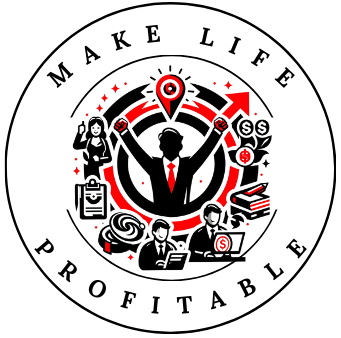
Planning content strategically isn’t just a task on a to-do list. It’s a roadmap guiding every piece of content towards an overarching goal. Without a plan, content creation can easily spiral into chaos, producing inconsistent messaging and unclear results. Having a solid plan ensures that every article, post, or video serves a purpose greater than just filling up space.
Creating content with the audience at the forefront means understanding what they genuinely find valuable. People-first content is about more than just keywords or trendy topics. It’s about offering solutions, answering questions, and meeting the needs of the audience in a way that’s thoughtful and engaging. This fosters loyalty and encourages repeat visits, ultimately driving growth.
Applying the principles of Experience, Expertise, Authoritativeness, and Trust (E-E-A-T) in content planning can transform basic content into a trusted resource. When content reflects experience and depth, it speaks directly to the needs of the audience. Authoritative content can capture attention and build trust, ensuring the audience seeks you out when they need reliable information and insights.
Moving from sporadic to systematic creation might feel daunting, but it sets the stage for consistent growth. Implementing a plan allows content creators to predict trends, allocate resources effectively, and schedule releases in a way that maintains audience interest. Consistency doesn’t just ensure regular posting; it means consistently delivering value in every piece.
Building a Content Plan Aligned with Business Goals

Aligning your content plan with business goals is essential for success. It might seem like a no-brainer, but it’s surprising how often content is created without a clear connection to what the business aims to achieve. Start by clearly identifying those core business objectives. Are you looking to increase brand awareness, generate leads, or build a loyal customer base? Once those goals are identified, it becomes easier to tailor content that drives those objectives forward.
Knowing your audience inside and out is crucial. This means taking a deep dive into who they are, what they need, and what problems they’re trying to solve. Audience analysis goes beyond basic demographics. It involves understanding the nuances of your audience’s preferences and behaviors. This insight guides the creation of content that truly resonates with them.
Once you’ve got a grasp on what your audience needs, it’s time to think about the types of content you’ll produce. Establishing content categories and themes provides the foundation for sustainable creation. This approach not only supports content variety but also ensures that all pieces are cohesive and aligned with business objectives.
Pillar content can play a significant role in supporting growth. These are cornerstone pieces that delve deep into key topics, acting as hubs for all related content. Crafting solid pillar content not only strengthens your content strategy but also boosts SEO. It provides a structure for linking related content, enhancing visibility and engagement.
Implementing E-E-A-T for Stronger Content Impact

Expanding E-E-A-T — Experience, Expertise, Authoritativeness, and Trust — in your content strategy is key to building credibility. This isn’t just about declaring expertise but showcasing it with every piece of content you publish. To genuinely reflect experience and knowledge, integrate data, case studies, and backed claims. This gives your audience something they can trust.
Enhancing credibility involves taking tangible steps. Incorporate voices from experts in the industry, whether through quotes, interviews, or collaborative content. Authoritative insights carry weight and can significantly improve the trustworthiness of your content.
User-generated content can be a goldmine for reinforcing trust. Encouraging and leveraging this type of content not only provides authenticity but also engages your audience on a deeper level. When people see real responses from real users, trust naturally follows.
Regular audits and updates to your content ensure ongoing relevance. Outdated content can harm credibility, so periodically review and refresh old pieces. Updating with new information or refining language not only supports current SEO practices but also signals to your audience that you’re reliable and up-to-date.
Optimizing for SEO Without Compromising Content Quality

Crafting content that ranks without sacrificing quality is a balancing act worth mastering. It’s crucial to create content that reads well for humans and checks those vital SEO boxes. This approach ensures visibility without losing the essence of the message or the connection with the audience.
Every part of SEO optimization is about increasing reach. Keywords still have a place, but it’s about incorporating them naturally. Stuffing content with trendy phrases is old news. Instead, focus on understanding which terms your audience uses and how they align with your content themes.
Strong headlines and meta descriptions can make a big difference. They need to be compelling enough to grab attention yet clear enough to convey what the content is about. Think of them as the snippet that entices readers to engage further.
Measuring content performance often provides the insights needed for improvement. Use data to guide tweaks and changes where necessary. Look at metrics such as engagement, time spent on page, and conversion rates to inform these improvements. By continuously refining content, you create a strategy that is agile and responsive to change.

